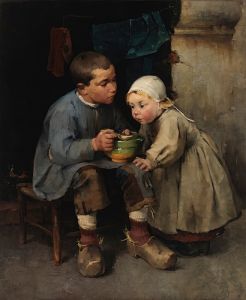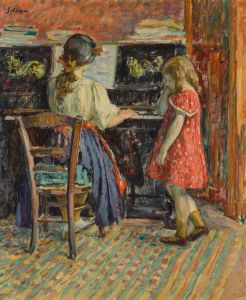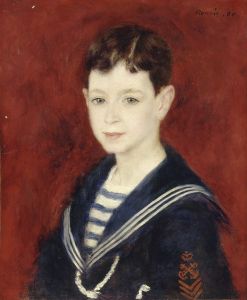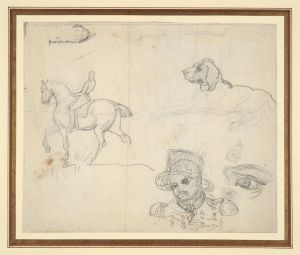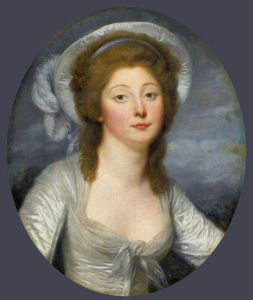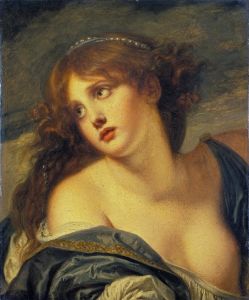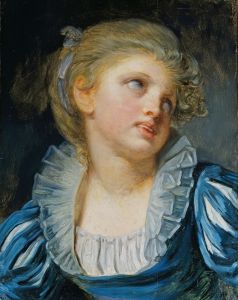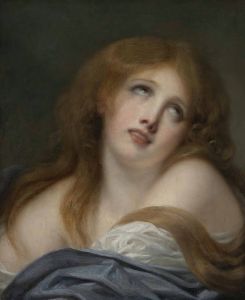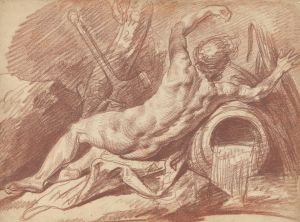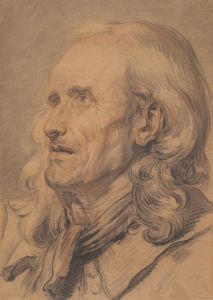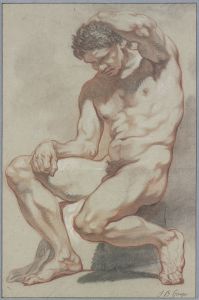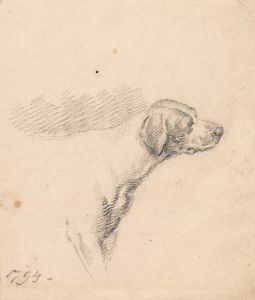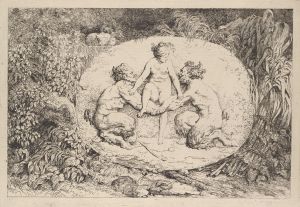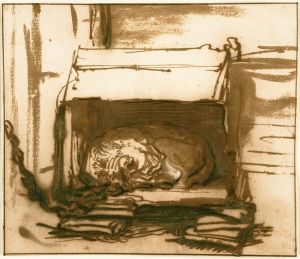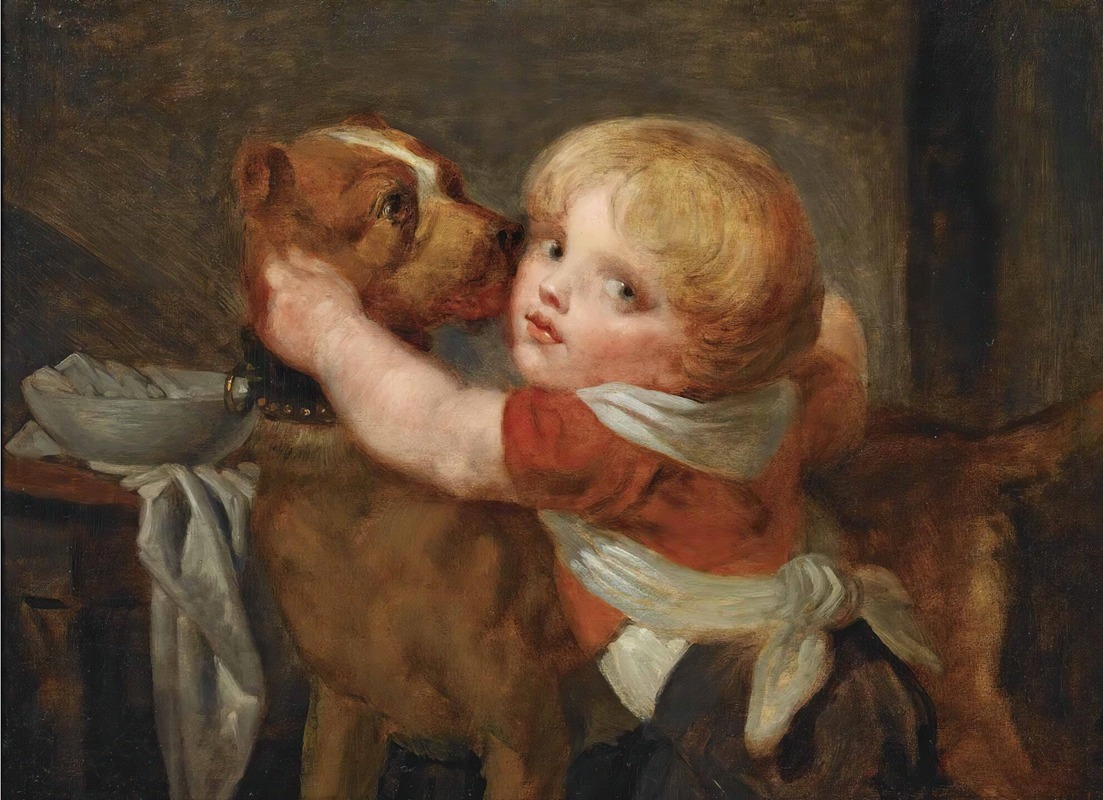
A Young Boy With a Dog
A hand-painted replica of Jean-Baptiste Greuze’s masterpiece A Young Boy With a Dog, meticulously crafted by professional artists to capture the true essence of the original. Each piece is created with museum-quality canvas and rare mineral pigments, carefully painted by experienced artists with delicate brushstrokes and rich, layered colors to perfectly recreate the texture of the original artwork. Unlike machine-printed reproductions, this hand-painted version brings the painting to life, infused with the artist’s emotions and skill in every stroke. Whether for personal collection or home decoration, it instantly elevates the artistic atmosphere of any space.
Jean-Baptiste Greuze, a prominent French painter of the 18th century, is renowned for his genre scenes and portraits that often depict domestic life with emotional depth and moral undertones. One of his works, "A Young Boy With a Dog," exemplifies his skill in capturing the innocence and simplicity of childhood, a recurring theme in his oeuvre.
Greuze was born on August 21, 1725, in Tournus, France. He received his early artistic training in Lyon before moving to Paris, where he studied at the Royal Academy. His breakthrough came with the exhibition of "The Village Bride" at the Salon of 1761, which established him as a leading figure in genre painting. Greuze's work is characterized by its detailed realism and the ability to convey narrative through expression and composition.
"A Young Boy With a Dog" is a painting that reflects Greuze's interest in everyday life and his ability to infuse his subjects with a sense of narrative. The painting depicts a young boy, whose expression and posture suggest a moment of contemplation or interaction with the viewer. The presence of the dog adds a layer of warmth and companionship, a common motif in art that symbolizes loyalty and innocence.
The composition of the painting is carefully balanced, with the boy positioned centrally, drawing the viewer's attention to his face and the subtle emotions it conveys. Greuze's use of light and shadow enhances the three-dimensionality of the figure, while the soft, muted colors create a serene and intimate atmosphere. The texture of the boy's clothing and the dog's fur is rendered with meticulous detail, showcasing Greuze's technical proficiency.
Greuze's work often carried moral messages, reflecting the Enlightenment ideals of the time, which emphasized reason, emotion, and the importance of family and social values. While "A Young Boy With a Dog" does not overtly convey a moral lesson, the simplicity and purity of the scene align with these themes, inviting viewers to reflect on the virtues of innocence and companionship.
Throughout his career, Greuze's paintings were celebrated for their emotional depth and technical skill. However, his reputation experienced a decline towards the end of his life, as the neoclassical style began to dominate the art world, overshadowing his sentimental and genre-focused works. Despite this, Greuze's influence persisted, and his paintings continued to be appreciated for their ability to capture the subtleties of human emotion and domestic life.
Today, "A Young Boy With a Dog" is recognized as a fine example of Greuze's genre paintings, demonstrating his mastery in portraying the nuances of human expression and the intimate moments of everyday life. The painting remains a testament to Greuze's contribution to the art of the 18th century, reflecting the cultural and social values of his time while continuing to resonate with contemporary audiences.





